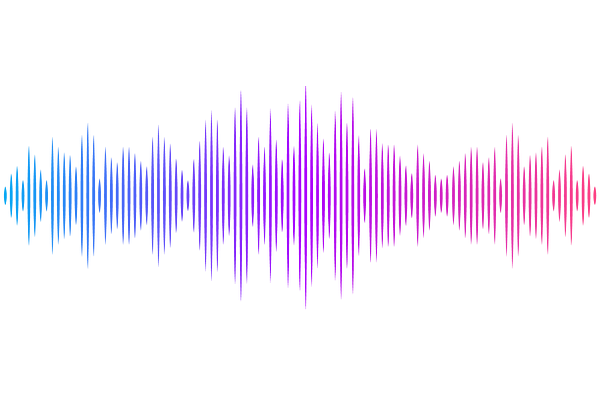Classification of Urticaceae based on morphology and phylogenetic inference

Classification of Urticaceae based on morphology and phylogenetic inference
Monro, A. K.; Maurin, O.; Fu, L.-F.; Wells, T.; Wilmot-Dear, M.; Beentje, J.; Hind, N.; Friis, I.; Brewer, G.; Cowan, R.; Dodsworth, S.; Dong, J.; Epitawalage, N.; Sabino Kikuchi, I.; Larridon, I.; Moore, A.; Sauquet, H.; Ujetz, J.; Wei, Y.-G.; Wu, Z.-Y.; Forest, F.; Baker, W. J.; Gardner, E. M.
AbstractThe Urticaceae (ca. 2600 species) were first formally recognized by Jussieu in the 18th century and last comprehensively monographed by Weddell in the 19th century. Since Weddell\'s work, family delimitation has been modified and many genera described in a fragmented manner. Over the past two decades, numerous molecular studies have supported the inclusion of Cecropiaceae within Urticaceae and identified paraphyly in several genera, notably Laportea, Urera, Boehmeria, Parietaria, Pellionia, and Pouzolzia. However, few studies have translated these molecular insights into a revised taxonomy. This study aimed to provide a robust, updated classification for Urticaceae by: a) increasing taxon and genomic locus sampling through the integration of newly generated sequence data with previously published datasets; and b) incorporating morphological data to support a revised delimitation of tribes and genera, and to establish a new linear sequence for the family. We also sought to identify remaining taxonomic challenges. Using Sanger and Angiosperms353 sequence data, we constructed a phylogenetic framework for 57 out of 59 currently accepted genera. We also assessed the phylogenetic informativeness of 57 morphological characters by mapping them onto the phylogeny. Our analyses support the delimitation of 61 monophyletic genera and an infrafamilial classification comprising seven tribes, two of which we describe as new: Myriocarpeae and Leukosykeae. We provide a revised linear sequence for the family. Our classification reinstates several names previously treated as synonyms (Fleurya, Leptocnide, Margarocarpus, Polychroa, Scepocarpus, Sceptrocnide), places several genera in synonymy (Hemistylus and Rousselia under Pouzolzia; Hesperocnide under Urtica; Gesnouinia and Soleirolia under Parietaria), and proposes the recognition of two new genera, Muimar gen. nov. and Pouzolziella gen. nov., to accommodate Boehmeria nivea and Pouzolzia australis, respectively. Mapping morphological characters onto the phylogeny indicates that while most states are homoplastic at the family level, their combination is valuable for recognizing genera. Geographic character mapping suggests a high degree of spatial conservatism at the genus rank. Our dated ultrametric tree suggests an origin for Urticaceae in Indomalaya during the mid-Cretaceous, followed by establishment in the Laurasian boreotropical flora and subsequent dispersal to the neotropics and Africa. Once classified within an evolutionary framework we believe that the Urticaceae represent a valuable study system in evolutionary biology for investigating transitions across biomes, the drivers of floral trait evolution, and intrinsic speciation mechanisms.